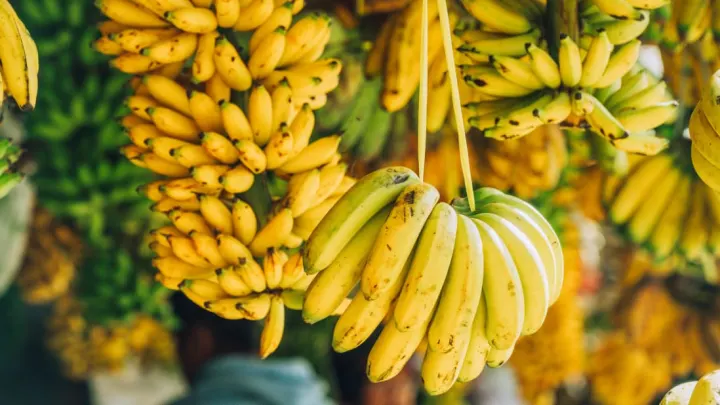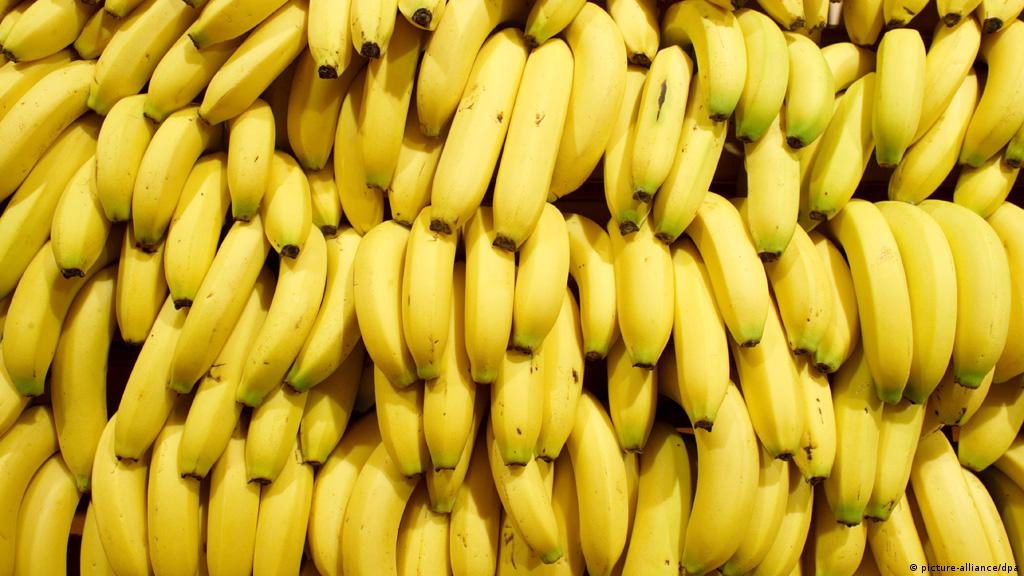By Dimitris Kolias,
Each year, more than 148 million tons of bananas are produced. That amounts to about 100 billion fruits. It is also estimated that the average adult consumes around 3 bananas per week. With these numbers, it is no wonder bananas are considered to be one of the most popular fruit worldwide. And why would they not be? Their taste is unique and their hardy outer layer makes them a “ripe” candidate for international and transatlantic transportation, without the fear of them spoiling mid trip.
But what if I told you that in the next decade or so they might become so rare that you may not even find at a supermarket of grocery store? Sounds unlikely but it has happened before, just over a generation ago.
The bananas we mostly eat now belong to a variety named Cavendish; at the moment, this variety makes up the largest part of worldwide banana production, but up until the 1950s the most produced banana was a different one called Gros Michel or “Big Mike”. This cultivar, according to a banana executive at the time, was a bit shorter, had thicker outer skin, and was a fair bit sweeter and tasteful.

So, what happened to them? Well, they almost went extinct due to a fungal disease. That disease, called Panama disease, started ravaging banana plantations at the start of the previous century, and by the 1950s there were not enough healthy plantains left to meet global demand. Around that time, the largest producers decided to make the switch from Gros Michel to Cavendish, the only known variety at the time both resistant to the fungus and capable of meeting the production demand. But now, in an ironic twist, a different train of the same fungus is threatening the Cavendish banana, with some countries like Colombia reporting an infestation of at least 40% of its plantains. Only this time, there is no alternative variety we can fall back on.
You may ask: how is this even possible? How can a disease wipe out whole fruit species at such speed and without resistance? It all has to do with how bananas are cultivated. You see, banana plants do not usually sprout from seed — instead a shoot from the mother-plant is transplanted nearby, resulting in a new plant. This cultivation method affects the genetic diversity of the plantation in the short term and of the whole cultivar in the long term. This happens because the plant are essentially clones or each other, in other words genetically the same. Low genetic diversity in this case means that that the plants have lower defenses against pathogens, which, as we previously discussed, can and has proven to be fatal.
So, what does the future of our favorite yellow fruit look like? In truth for now we are now quite sure. We may find a way to combat the disease, or we might need to find a new banana species to rely on. There also the chance that it all “goes bananas”, in that case the Cavendish will become a luxury product like the Gros Michel is now, with no clear cheap alternative. At the moment, all we can do is try to limit the spread of the new Panama strain and enjoy the iconic yellow fruit while it is still cheap and readily available.
References
- Banana facts and figures, fao.org, Available here
- Ploetz, R. C. (2015). Fusarium Wilt of Banana. Phytopathology 105(12): 1512-1521.
- Why bananas as we know them might go extinct (again), edition.cnn.com, Available here
- Why the world’s favorite banana may go extinct, and how scientists are trying to save it, businessinsider.com, Available here




